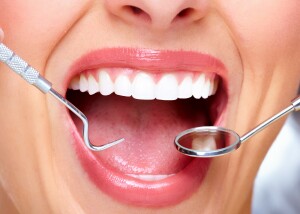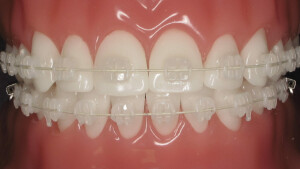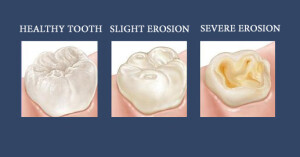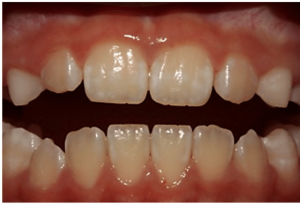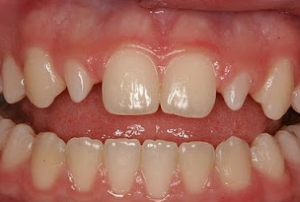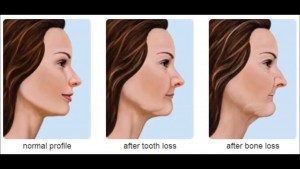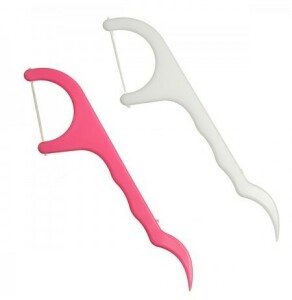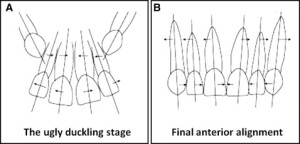Myth:-Diet does not play a significant role in the development of tooth decay.
Fact:-Sugary food creates an acidic environment in the mouth, which is bad for tooth’s enamel. Dairy products such as cheese, yogurt, and real butter can protect the tooth’s enamel by creating an alkaline environment in the mouth.
Myth:-It’s not so important to brush baby tooth twice a day because they’ll fall out and be replaced by permanent teeth in a few years anyway.
Fact: – Baby teeth are the foundation of the permanent teeth. If they decay, the child can become more prone to having decay on permanent teeth as well. Decayed baby teeth can also cause early stage gum disease.
Myth:-Fruit juice is better for the teeth than soda.
Fact:-Fruit juice is actually worse than soda because it is even more acidic. Sipping on fruit juice throughout the day is therefore a big no-no if you want to keep your teeth healthy. Choose water instead.
Myth: Using sugarless chewing gum after meal can replace brushing
Fact: Nothing can replace proper brushing technique. And in case you want to use sugarless chewing gum do not chew it for more than 10 minutes.
Myth: Mouthwash can substitute tooth brushing.
Fact: No, mouthwash only helps in maintaining fresh breath for little time. It can’t clean food particles in between teeth. Nothing can substitute tooth brushing.
